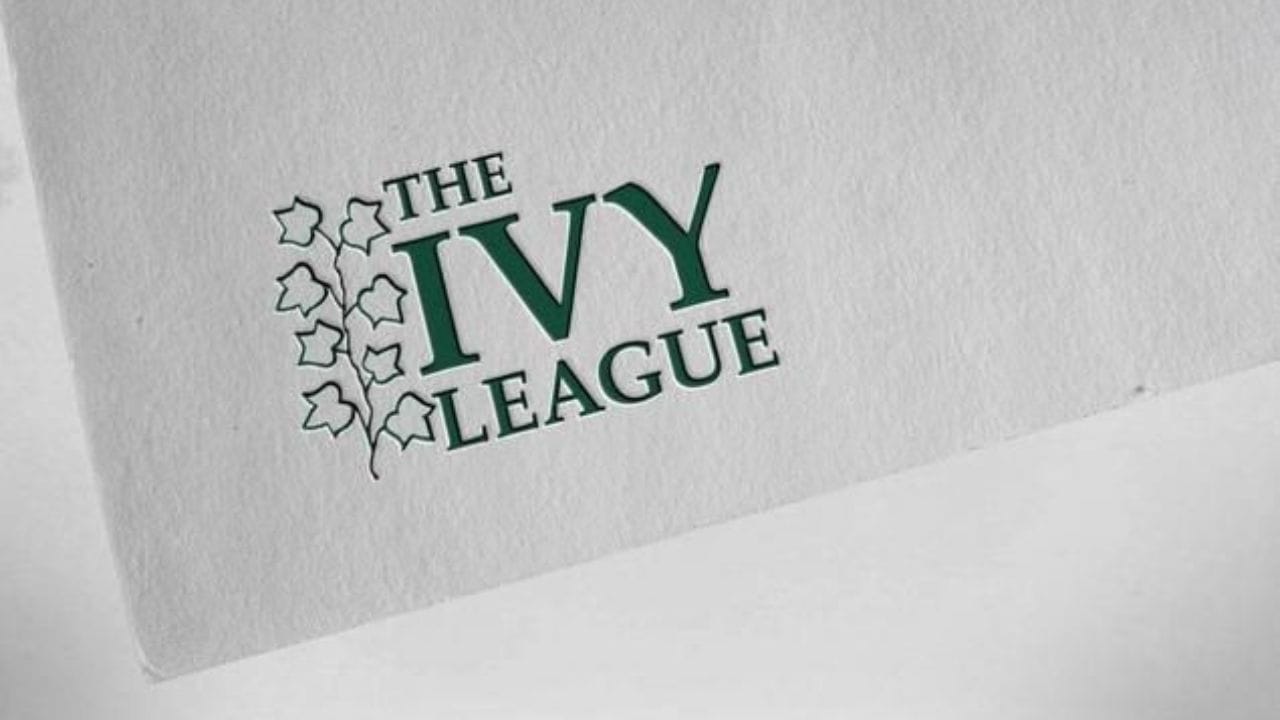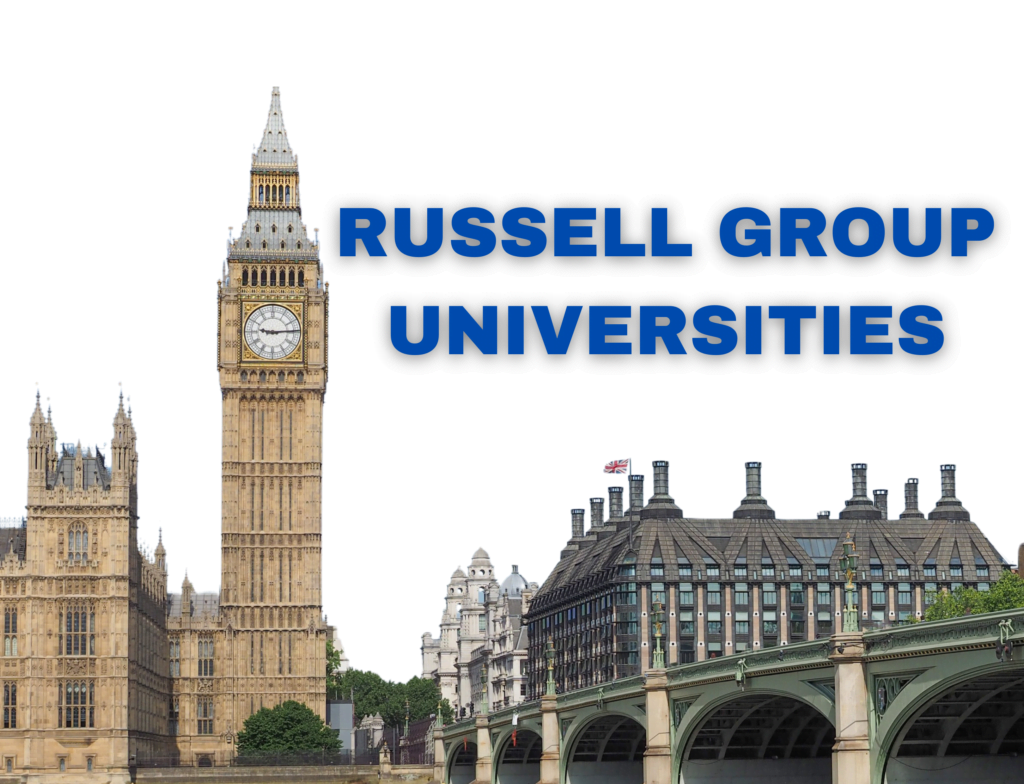The Ivy League, and college landscape more broadly, has been a heated battleground for criticisms of potential bias against Asian-American and Indian students. Recently, Malcolm Gladwell, the author of The Tipping Point, shed light on this troubling issue with a focus on Harvard University. His remarks are certainly ringing in the larger social debate regarding equity versus meritocracy for higher education implications in affirmative action.
Understanding the Admissions Bias
It is an extremely shocking trend, as Harvard has been accused of admitting richer white students in the place of Asian-American students. Interestingly, he contrasts this with Caltech whose student enrollment went from 25% Asian-American in 1992 to 43% in 2013-a result of a strictly merit-based admissions procedures. Differently, Harvard’s Asian-American population has been at a plateau between 15% and 20%, whereas the gap has been explained by legacy admissions, donations, and athletic scholarships.
Judgment by Supreme Court
This question has taken on new heights of urgency in light of the major decision released last June by the U.S. The Supreme Court concurred with this judgment. Race-conscious admissions practices at Harvard and the University of North Carolina (UNC) are unconstitutional and violate the Equal Protection Clause. That ruling essentially reversed decades of using racial preferences in college admissions, triggering impassioned debate into the role that race and ethnicity should play in the selection process.
While this decision was viewed as a triumph by its supporters, who push for entry based on merit, it has also created confusion among other advocacy groups. Bafflingly, although a significant number of Asian-based advocacy groups were pro-quota system admissions, surveys have consistently shown over and over that most Asian-Americans, especially Indian-Americans, were against that type of admission. Such a disconnection illustrates the complexity of racial preferences in higher education.
Dilemmas Faced by Indian Applicants
Despite excellent academic records and extracurricular achievements, Indian and other Asian-American applicants often find themselves back in the depths of struggle in Ivy League admissions. This event traces back its roots to strongly entrenched biases deep within the admission process. Many admissions officers hold stereotypes concerning Asian students, who are stereotyped as being overtly academic-driven and lacking character in what places the likes of leadership and individuality.
This bias pervades everything and manifests in Indian students being held to higher penalties for undertaking mainstream, standard careers in medicine, engineering, and computer science. The salt to the wound is that the perception is that Asian students are overrepresented at college, leading to applications being dumped based on their perfect grades
The Holistic Review Process
This has made Ivy League colleges employ holistic admissions processes where more than just academic achievement is considered, like legacy status, athletic talent, and subjective qualities such as ‘likability’ and ‘leadership’. This only seems to harshly disadvantage Asian-American students, especially Indian-American children, who have higher grades and standardized test scores but lower personal qualities ratings, which is subjective and usually biased.
The effect is systemic discrimination—not to compare the historical quotas limiting the admission of Jewish students to Ivy League schools in the early 20th century, but an echo of that, where such a circumstance perpetuates systemic exclusion. The commentary by Gladwell regarding this issue is particularly salient, as he argues that it was impossible for true meritocracy to flourish if any one group was marginalized. His claim that “meritocracy is one of the most beautiful inventions of the 20th century” underscores the need for merit to prevail in admissions into college—a necessity, he thinks, foundational to a free society.
Conclusion
The “Indian problem” inside Ivy League admissions suggests the messy intersection of race, merit, and systemic bias inside of higher education. Diversity and inclusiveness in the workplace have become an institutional imperative. It is important to dig out the hidden biases that prevent the best candidates of Asian and Indian origin from reaching the correct place. The controversy that Malcolm Gladwell generated is a good wake-up call: “More should be done to admit college students based on merit and less for political correctness of numbers.





